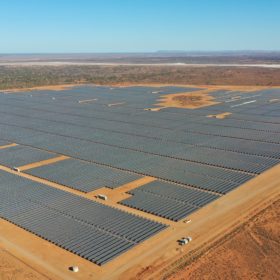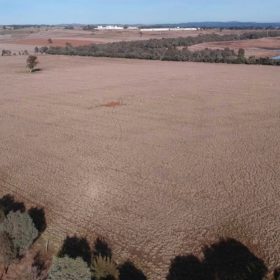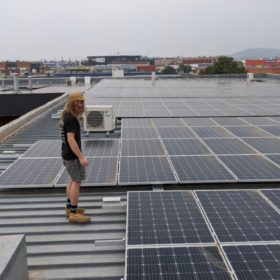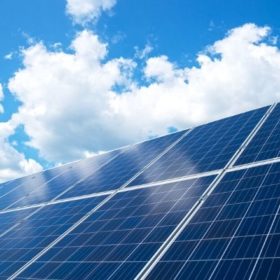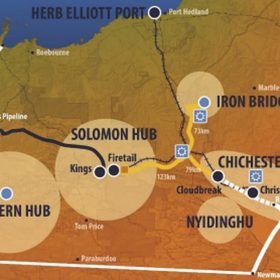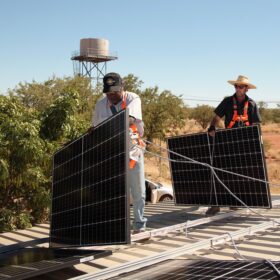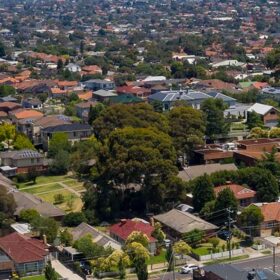Rio Tinto to power Pilbara iron ore mine with solar PV
Mining giant Rio Tinto has approved the construction of a large-scale solar PV and battery energy storage system for its Koodaideri mine in Western Australia. When completed, the solar plant will be in the running for Australia’s largest PV installation at a mining site.
Sydney’s Inner West targets 1000% increase in solar generation
Sydney’s Inner West Council has set an ambitious target of 1000% increase in solar generation over the next decade. Council is seeking Expressions of Interest from all parties as the Inner West looks to help its residents toward a sustainable future.
5 things to watch in Australian solar sector in 2020
Despite a massive drop in renewable energy investment seen last year, 2020 promises to bring both good and bad news for the Australian solar sector. While network conditions will continue to deteriorate, the low-carbon policy will become more supportive but also more chaotic.
Government extends electricity price control to solar households
The federal government has extended the default market offer coverage to more than a million households with rooftop solar across three states.
Wagga Wagga goes solar solar
As part of its $1.7 million investment in a greener future, the City of Wagga Wagga is set to install a series of solar PV arrays across its sites. Meanwhile, construction continues on the nearby 120 MW Bomen Solar Farm.
Northern Territory schools set for solar savings
Northern Territory Labor’s $5 million Rooftop Solar Program to Reduce School Electricity Costs has finalised the schools chosen for the three-year program. The program forms part of the Territory’s Roadmap to Renewables Plan.
Solar and batteries slash costs at off-grid WA cattle station
With the help of solar PV and zinc-bromine batteries, a cattle station located in the dry Murchison region northeast of Geraldton will save as much as $10,000 a year in diesel costs.
Ona Coffee roasting in 100% solar
Ona Coffee, founded by former World Barista Champion Sasa Sestic, has made the switch to 100% solar at both its roastery and its head office. The solar PV installation, made gradually throughout 2019, is part of the company’s long-term plan to reduce its carbon footprint and become more sustainable.
NSW, Victorian hospitals turn to solar for lower power bills
Dozens of hospitals across Victoria and New South Wales are installing solar to slash their greenhouse emissions and electricity costs. In NSW, another four hospitals have received government funding to install solar panels, while the number of Victorian solar-powered health centers continues to rise.
Fortescue invests in solar-gas-battery project to power its Pilbara operations
Resources giant Fortescue Metals will invest $US450 million ($668 million) in the next stage of its Pilbara Energy Connect program to combine 150 MW of gas-fired generation, 150 MW of solar PV and a grid-scale battery. The hybrid generation project will provide low cost power to the Iron Bridge magnetite project currently under construction.


